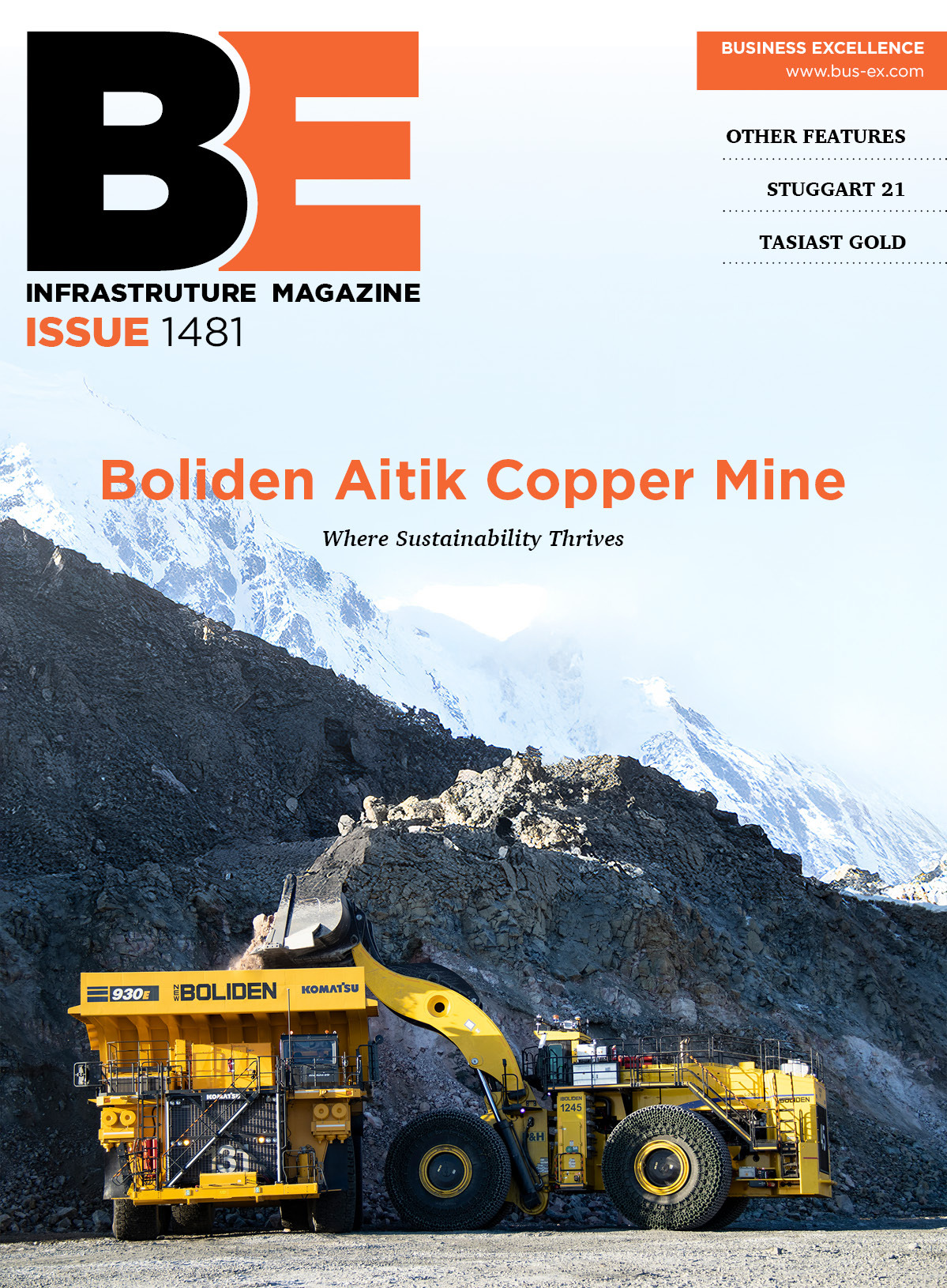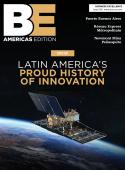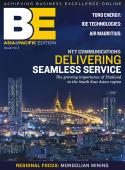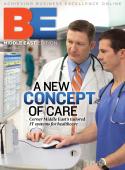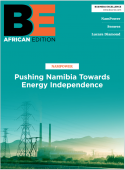On the right trackCapital MetroRail project director John Almond tells Jenn Monroe how the City of Austin is getting rail-ready. Before the end of this year, those traveling to and from the city of Austin, Texas, will have an alternative to sitting in traffic. As the central piece of the Capital Metro Transportation AuthorityÔÇÖs All Systems Go plan, its new Capital MetroRail is on track for service to begin in the fall of 2008. This is not the first time Austin has used rail to move people around the city. Like many communities, it operated electric streetcars in the early part of the 20th century. But as time went on, the automobile became the vehicle of choice. This return to rail is driven primarily by the growth of the Austin area. All Systems Go addresses the pressures of regional population growth in the Greater Austin area, which is estimated to double in the next 25 years. Thousands of citizens have helped create the plan, which includes Capital MetroRail, Capital MetroRapid, expanded local and express bus services, more Park & Ride locations and possible future rail services in Central Texas.ÔÇ£People are looking for alternatives to driving themselves,ÔÇØ says John Almond, project director. ÔÇ£This is not intended to be an answer to traffic congestion, but the train will operate on a time-certain basis. ItÔÇÖs something that Austinites donÔÇÖt have and deserve. Now theyÔÇÖll have a choice.ÔÇØAustinÔÇÖs new urban rapid transit rail service actually is the result of a successful public referendum that followed a ÔÇ£light rail referendum that barely failed,ÔÇØ Almond says. ÔÇ£ItÔÇÖs not a real high-cost project,ÔÇØ he continues. ÔÇ£We decided to offer a smaller start-up service. The idea is to get people excited so theyÔÇÖll want more. We believe that is going to happen.ÔÇØ Capital MetroRail will first open its Red Line, which will run on 32 miles of existing freight tracks between Leander and downtown Austin during morning and evening rush hours. Once the trains arrive, passengers can walk, taxi, or take a Capital Metro bus to their final destinations. ÔÇ£The bus system will provide connectivity to the places where the train doesnÔÇÖt go,ÔÇØ Almond says. ÔÇ£ItÔÇÖs all wrapped up in the All Systems Go plan.ÔÇØOne of the things that made the rail project so attractive is that Capital Metro had the track; it purchased 162 miles of it that used to belong to the Southern Pacific Railroad in the early 1990s. ÔÇ£We own the track and own the freight as well,ÔÇØ Almond says. ÔÇ£Most cities have to pay for the rights to operate on the track; we donÔÇÖt have to do that.ÔÇØWhat Capital Metro did do to the track was improve it. ÔÇ£We replaced it with continuously welded track,ÔÇØ Almond explains. ÔÇ£This eliminates the joints so that ÔÇÿclickity-clackÔÇÖ sound is gone.ÔÇØIt also was necessary for Capital Metro to build an overpass above the Union Pacific Railroad, a project that was completed earlier this year. Capital Metro is in the process of building or adapting nine stations for the trains, which will arrive every 30 minutes. A total of three stations are Park & Ride; one of those is new, and two are active Capital Metro bus stations. Those stations closer to downtown are walkups. After carefully considering the unique environment of each station and listening to community feedback, Capital Metro decided to build a combination of glass and steel canopies at different locations. The first concept features traditional architecture with a painted steel roof, similar to current Capital Metro bus stops. The second concept features a modern, sun-reflective glass canopy that provides cooling shade yet permits light to shine through, similar to a skylight. The glass canopy will also feature artwork within the glass at each stop. ÔÇ£TheyÔÇÖre pretty typical of what youÔÇÖd see in light rail in other cities,ÔÇØ Almond says. However, the Capital Metro stations feature ÔÇÿlevel boardingÔÇÖ. ÔÇ£ItÔÇÖs 23 inches from the top rail to the top of the platform for easy train accessibility,ÔÇØ Almond says. ÔÇ£ItÔÇÖs flush to the doors and facilitates the boarding process.ÔÇØ Construction on two of the final three stations began in late May, with the final stationÔÇöknown as the Howard StationÔÇöstarting a few months later. Almond says the finishing touches will be applied to all stations in the summer. ÔÇ£WeÔÇÖre going to apply architectural finishes to the platforms, but we want to do that later,ÔÇØ he says. ÔÇ£There will be decorative paving tiles, nice canopies and shelters, nice signage and lighting and vending machines. The ticket machines will be installed in September.ÔÇØAs impressive as the stations might be, the trains themselves are the show stoppers for Capital MetroRail. The organization chose Swiss manufacturer Stadler Bussnang AG as its partnerÔÇöa smart decision, according to Almond. ÔÇ£Stadler is an excellent railcar manufacturing company,ÔÇØ he says. ÔÇ£They delivered on time and at the agreed-upon price. They made every bit of the requirements and were wonderful to work with. They are highly skilled and build a high-quality vehicle.ÔÇØCapital Metro purchased six hybrid cars that are self-propelled by two diesel electric engines and are able to start and stop faster than traditional commuter rail vehicles. No overhead electricity is used to power the trains; instead, the cars make it themselves. ÔÇ£They convert energy to electricity immediately on board for propulsion, braking and operation of the railcar,ÔÇØ Almond says. ÔÇ£WeÔÇÖre generating our own electricity. ItÔÇÖs a cleaner, friendlier vehicle.ÔÇØThese sleek, new trains also offer a high level of comfort. Each can accommodate 200 passengers (108 seated and 92 standing) and offer high-back seats, bicycle and overhead racks, and Wi-Fi connections. The railcar communications system includes visual and acoustic passenger information, a video recording system and a wireless LAN infrastructure.Capital Metro is currently testing the commuter rail vehicles along a portion of the rail line and will conduct 1,000 miles of testing for each vehicle to ensure certain specifications and reliability. To minimize noise impact, Capital Metro is limiting its nighttime testing to a stretch of track that is farther away from residences.┬á



